The Gulf Cooperation Council (GCC) region, already battling water scarcity and desertification due to its hot and arid climate, faces heightened threats from climate change. Compounded by industrialization and urbanization, the situation has led to rising pollution levels. Extreme climatic events, like high temperatures, floods, and tropical storms, are increasingly visible. The future may pose further challenges, especially related to water resources.
Climate Change Predictions
The IPCC’s Fifth Assessment Report (AR5) predicts significant climatic changes in the GCC region, such as:
• Temperature Increase: An anticipated 1-2°C rise by 2050 and up to 4-6°C by 2100.
• Heatwaves: More frequent and severe heatwaves leading to higher instances of heat-related illnesses.
• Drought: Increased water scarcity and drought conditions, negatively impacting agriculture and food security.
• Sea-Level Rise: A potential sea-level rise of up to 1 meter by 2100, leading to flooding and coastal erosion.
• Extreme Weather Events: More frequent and severe weather events, causing extensive damage and loss of life.
Climate change effects extend beyond environmental, causing significant economic, political, and social impacts. However, understanding the current water situation in the GCC region is crucial before discussing water-related climate impacts.
Water resources in the GCC
The water-stressed GCC region heavily relies on non-renewable groundwater due to limited renewable water resources. The unsustainable depletion of these reserves strains water resources. As such, it’s crucial for the GCC countries to adopt sustainable water management, invest in new water sources, and reduce water waste.
The region’s water demand is expected to rise due to population growth, urban expansion, and agricultural and industrial development. Water use in the Gulf states increased sixfold from 6 billion cubic meters in the 1980s to 36 billion in 2018. Saudi Arabia alone expects an 8.1% increase in domestic water demand annually over the next thirty years (2022 NC4-KSA).
In short, the region faces serious challenges and increasing costs in balancing the supply with the demand for water. Increased water scarcity will necessitate greater reliance on desalination, a process not without drawbacks. The Gulf and Red Sea, naturally saltier than global average oceanic levels due to high evaporation rates and low freshwater inflow, now see hundreds of desalination plants discharging brine into coastal areas.
Moreover, significant expansion of desalination capacity is planned. This leads to a sustainability issue: higher salt concentrations near water intakes increase energy requirements for subsequent desalination processes. Additionally, high brine levels harm marine and coastal life, negatively impacting coastal tourism.
To summarize, the GCC countries are already facing plenty of challenges when it comes to their water resources. How could climate change further exacerbate these challenges?
Impacts of Climate Change in the GCC
Climate change exacerbates water scarcity in the GCC region due to increased temperatures, variable rainfall, and evaporation. It’s also raising the likelihood of flash floods, sea-level rise, and salinization.
Flash Floods
GCC cities are increasingly prone to flash floods due to intense rainfall, inadequate urban drainage infrastructure, and vegetation loss from overgrazing and logging (Kantoush & Dalila, 2020). The Arab Gulf Center for Studies and Research anticipates frequent destructive floods, ranking Kuwait, Saudi Arabia, the UAE, Oman, Qatar, and Bahrain in decreasing order of flood risk.
Sea-level rise:
Sea-level rise, a significant fallout of climate change, poses a risk to infrastructure and coastal ecosystems. This is particularly concerning for GCC countries where many large cities are coastal.
Bahrain, extremely vulnerable to sea-level rise, may face severe flooding. A 0.5 meter rise could inundate 77 km² of its coastal areas (AL-Jeneid et al.2007). Similarly, in Oman, a 0.5 meter rise could submerge 386km² of land. In the UAE, a 0.5 meter sea-level rise could affect 5.1% of urban spaces, and up to 40% could suffer at a three meter rise (KsiKsi et al., 2012). In Saudi Arabia, approximately 24% of Yanbu’s land is flood-prone under moderate scenarios (KSA.NC4 2022). Kuwait might see 77185 km² flooded at a 0.5 meter rise if no coastal protection measures are implemented (Albanai, 2020, Second National Communiqué of the State of Kuwait, 2019).
Overall, the sea-level rise in the GCC could negatively impact natural resources, including mangroves, due to sea water inundation. This could lead to falling fish populations, decreased ecotourism, and loss of vital buffer zones against exceptional tides.
Salinity
Sea surface temperature rise is leading to increased water salinity in the Arabian Gulf, driven by higher evaporation, reduced fresh water discharge, and increased desalination activities. Over the last 60 years, average salinity rose by 5-10 g/kg (Vaughan et al., 2019), and is expected to increase by roughly 5 g/kg on the UAE’s southern coast by century’s end (AGEDI, 2015).
Yet, the sea’s large volume and natural attenuation processes could absorb brackish water from brine discharge (Ibrahim et al, 2020). The significant water-related climate change impact on GCC countries raises questions about their adaptive and mitigation measures.
Clearly, the water-related impact of climate change on the GCC countries is significant. What steps and measures are the countries already taking with regard to climate adaptations and mitigation?
Ambitions and measures on climate change adaptation and mitigation
Over the past two decades, GCC countries have undertaken numerous steps for emissions reduction and climate change adaptation, such as technological innovation, energy efficiency, modernization, and introducing nuclear energy. However, with five out of six GCC countries ranking in the top ten per capita greenhouse gas emitters globally, there’s still significant work ahead.
The UAE, through its 2050 National Plan for Climate Change, aims to transition to a green economy with 50% clean energy by 2050, and intends to reduce CO2 emissions by 35.5% by 2030.
Saudi Arabia in its Nationally Determined Contributions document pledges to derive 50% of its energy from renewables by 2030, achieve carbon neutrality by 2060, and reduce global methane emissions growth by 30% by 2030. However, post-COP26 actions in 2021 have raised questions about its commitment to swift fossil fuel transitions.
Oman, according to its National Contributions document, is committed to transitioning to a low carbon economy, sustainable energy, and aims to cut carbon emissions by 7% by 2030.
Qatar in its Nationally Determined Contribution Report pledges to reduce CO2 emissions by 25% by 2030, aligning with the Paris Agreement. Initiatives such as the National Energy Efficiency Plan support this goal.
Kuwait is engaged in strategic projects to cut carbon emissions, targeting a 7.4% reduction by 2035.
Measures and innovations
GCC countries have adopted various strategies to manage climate change impacts on water resources:
1. Desalination: Increased dependence on desalination to secure water and mitigate droughts and water scarcity impacts.
2. Water Storage: Investments in infrastructure like dams and reservoirs for future water storage during scarcity.
3. Water Conservation: Implementing measures like metering, pricing, and leak reduction for water conservation.
4. Renewable Energy: Investments in renewable energy sources like solar power to decrease fossil fuel dependency and CO2 emissions.
5. Reuse and Recycling: Promoting water recycling and reuse to reduce water footprints.
Moreover, GCC countries have adopted innovative approaches:
1. Green Desalination: Adoption of energy-efficient, eco-friendly desalination technologies like reverse osmosis and multi-stage flash distillation. These technologies lower energy use, CO2 emissions, and yield higher quality water (gcc-sg.org).
2. Climate-Smart Agriculture: Implementation of practices like crop diversification, drought-resistant crops, water-efficient irrigation systems, and soil conservation to increase productivity and decrease water use (fao.org).
3. Geoengineering: Some GCC countries have trialed cloud-seeding to increase water supply. Despite this, the effectiveness and environmental impacts of this technique remain contentious (wmo.int).
Moving forward: recommendations for policy on water and climate
The GCC region must take decisive actions for future water security amidst climate change. Given the region’s dependency on desalination, it’s essential to factor in both water and energy. Securing water and energy for the roughly 60 million inhabitants, with escalating temperatures and droughts, is increasingly costly. The World Bank report “Strengthening Knowledge of the Water-Energy Nexus in the GCC Countries” identifies several opportunities:
1. Shift towards greater reliance on renewable energy sources for desalination of sea water.
2. Expand the use of renewable energy sources to reduce CO2 emissions.
3. Adopt measures to regenerate marine habitats.
4. Invest in research to drive innovation in water management.
5. Adopt policies and consumption rates to encourage more efficient use of water.
6. Utilizing wastewater as a valuable resource in improving the level of water security.
Conclusion
The GCC region, already one of the world’s most water-stressed, will see this stress intensified by climate change, leading to economic, political, and social implications. To secure future water resources, fundamental changes are needed, including reduced water consumption, increased climate adaptation and mitigation efforts, embracing innovation, sustainable desalination practices, and reduced reliance on fossil fuels.
Adopting sustainable practices, such as green desalination technologies, climate-smart agriculture, water conservation, renewable energy integration, and water reuse and recycling, can lead the GCC towards a water-secure future. This proactive approach can inspire other regions facing similar challenges. Yet, ongoing commitment, cooperation, and investment are vital for transforming intentions into real outcomes. To achieve these goals, GCC countries should prioritize funding, research, and implementation of sustainable solutions. By effectively leveraging their resources and leading by example, the GCC can demonstrate how to mitigate climate change impacts and secure water resources despite rising temperatures and drought. It’s recommended for GCC countries to align their policies, investments, and actions with sustainability, resource efficiency, and long-term resilience, thereby not only benefiting their own populations but also contributing to global efforts in combating climate change and fostering a sustainable future for all.


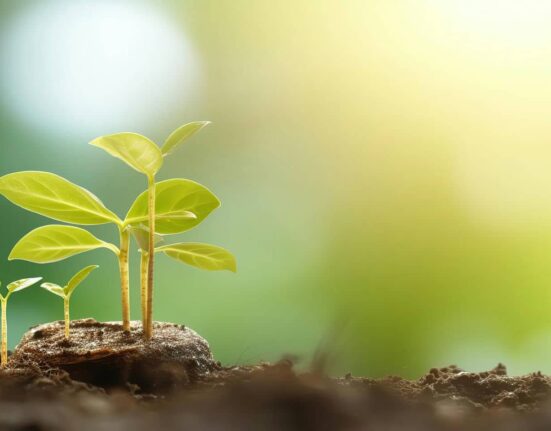
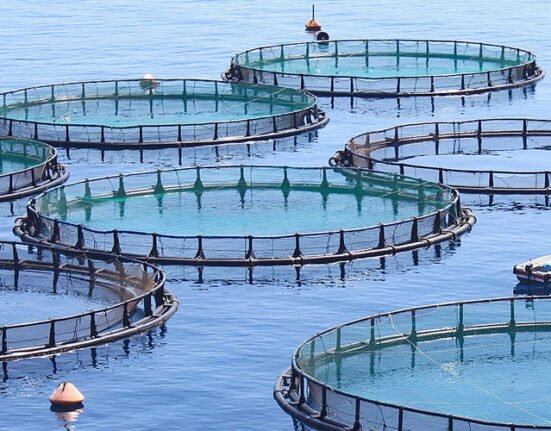

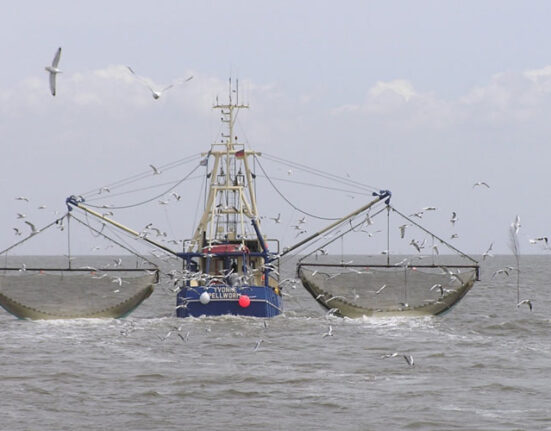
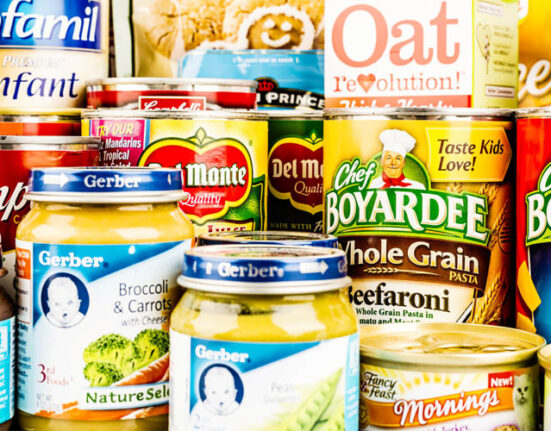
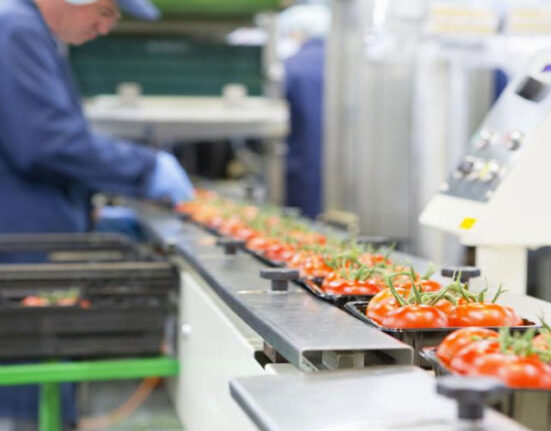


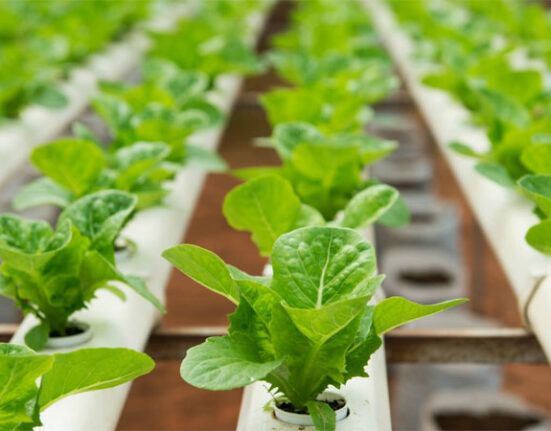


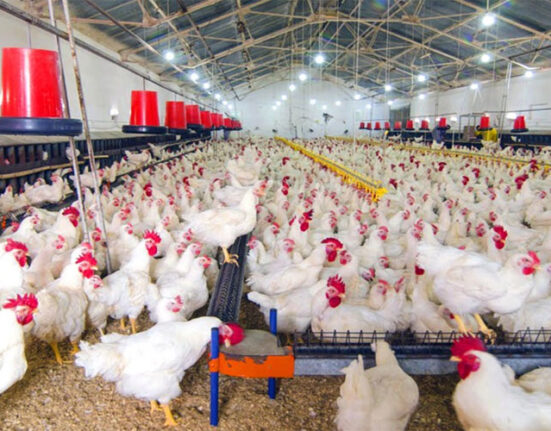
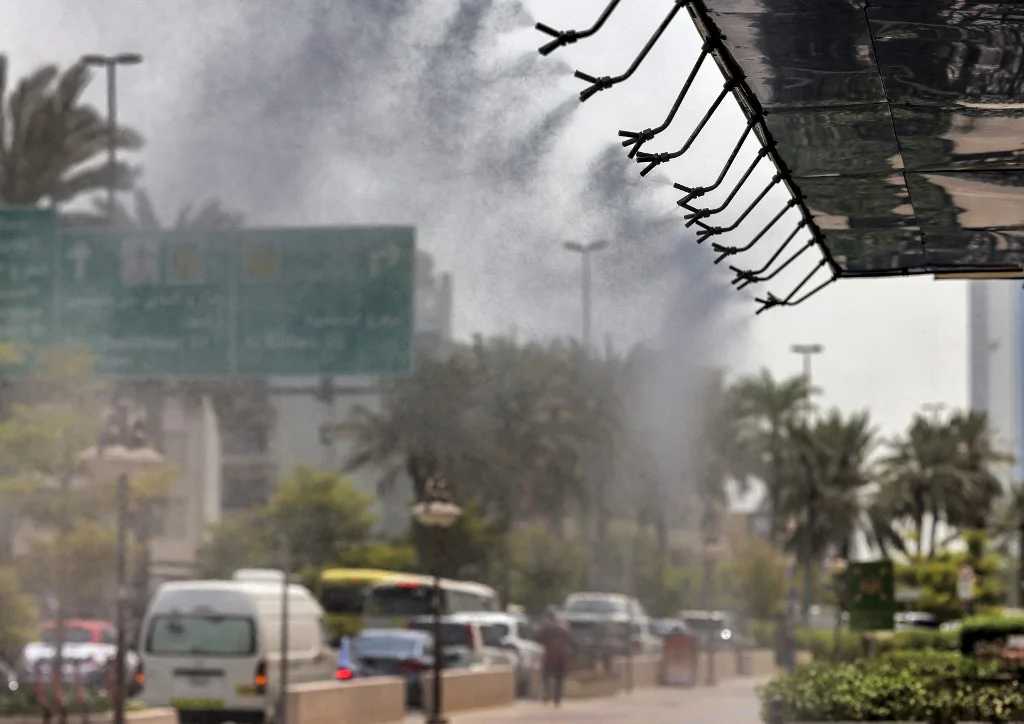
Leave feedback about this